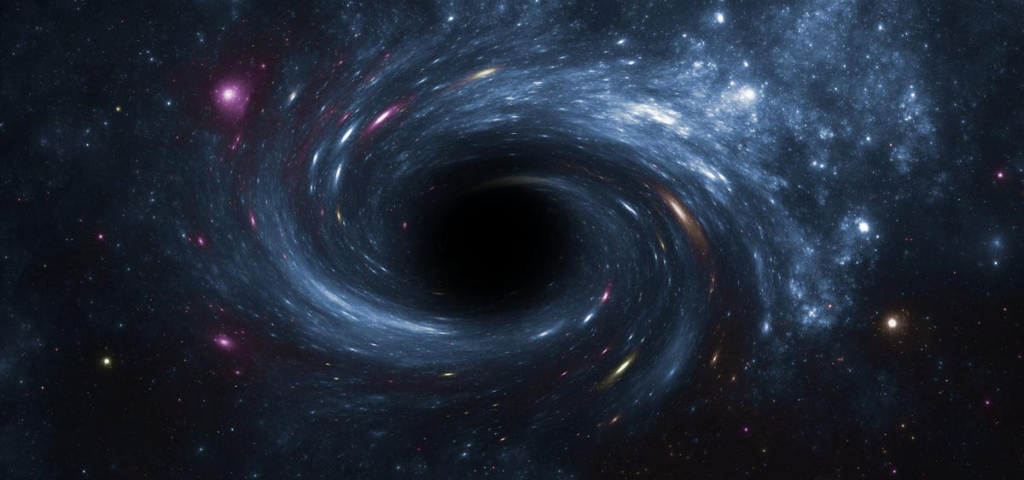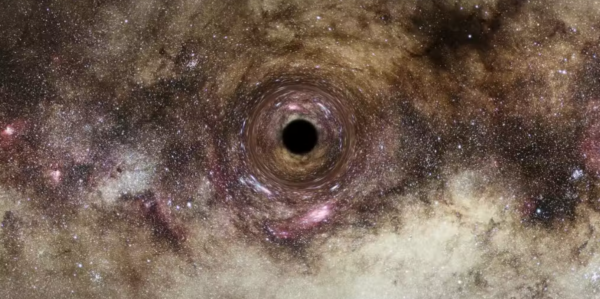British scientists have detected an ultramassive black hole with around 33 billion times the Sun’s mass.
According to scientists from Durham University, the enormous black hole is one of the largest ever discovered.
Scientists call it one of the largest black holes ever found.
Published in Monthly Notices of the Royal Astronomical Society, the team’s results were regarded as “very fascinating.”

Dr. James Nightingale of the Department of Physics at Durham University, the study’s lead author, stated, “This particular black hole, which is approximately 30 billion times the mass of our Sun, is one of the largest ever detected and on the upper limit of how large we believe black holes can theoretically become, so it is a very exciting discovery.”
Between 10 billion and 40 billion times the Sun’s mass, ultramassive black holes are the most massive objects in the universe.
According to astronomers, they can be located at the center of all massive galaxies, including the Milky Way.
Ultramassive black holes are uncommon and enigmatic, and their origins remain unknown.
This method has the potential to find many more extragalactic black holes and shed light on the distant history of these strange phenomena.
Some believe they evolved from the dramatic merging of enormous galaxies when the universe was young, billions of years ago.
The researchers utilized a phenomenon known as gravitational lensing, in which a nearby galaxy served as a huge magnifying glass to magnify distant objects.
This showed the existence of an ultramassive black hole — a place where the gravitational pull is so strong that not even light can escape.
According to them, this is the first black hole discovered by gravitational lensing.
Dr. Nightingale stated, “The majority of the largest black holes that we are aware of are in an active state, in which stuff drawn near to the black hole warms up and emits energy in the form of light, X-rays, and other forms of radiation.
“Yet, gravitational lensing enables the study of quiescent black holes, which is now impossible in distant galaxies.
This method might allow us to identify many more black holes outside of our local universe and disclose how these exotic phenomena developed in the distant past of the cosmos.
According to the researchers, their findings suggest that astronomers may find more ultramassive black holes than previously believed.
The UK Space Agency, the Royal Society, the Science and Technology Facilities Council, which is part of UK Research and Innovation, and the European Research Council sponsored the research.

